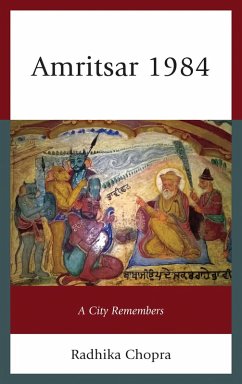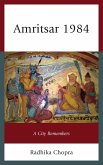This book explores a traumatic event known throughout India as Operation Bluestar. During the Operation, the Indian army entered one of Sikhism's most sacred shrines, the Darbar Sahib in the city of Amritsar, to dislodge militants who had taken shelter within. Among the many who died during Operation Bluestar was the militant leader, Jarnail Singh Bhindranwale, who is now remembered and commemorated as a martyr. Sikhs revere their martyrs. Images and religious souvenirs of martyrs share space with posters and portraiture of the ten Sikh Gurus. The visual idiom is a key form of remembering the modern martyrs of Operation Bluestar. Despite the emotive imagery, a tension exists between the need to forget the violence of militancy and remembrance of martyrs. It is this tension that shapes accounts of "what happened" in the city of Amritsar in 1984 before and after Operation Bluestar. But "what happened" is an account that changes over time and between storytellers. Each account might have a little omission, a small part that is overlooked, ignored, or sometimes laid to rest. Memory has the quality of bringing the past into the present, but with deletions that suit the storyteller and audience. This book traverses the terrain of memory, hollowed out by little bits of forgetting.
Bitte wählen Sie Ihr Anliegen aus.
Rechnungen
Retourenschein anfordern
Bestellstatus
Storno









